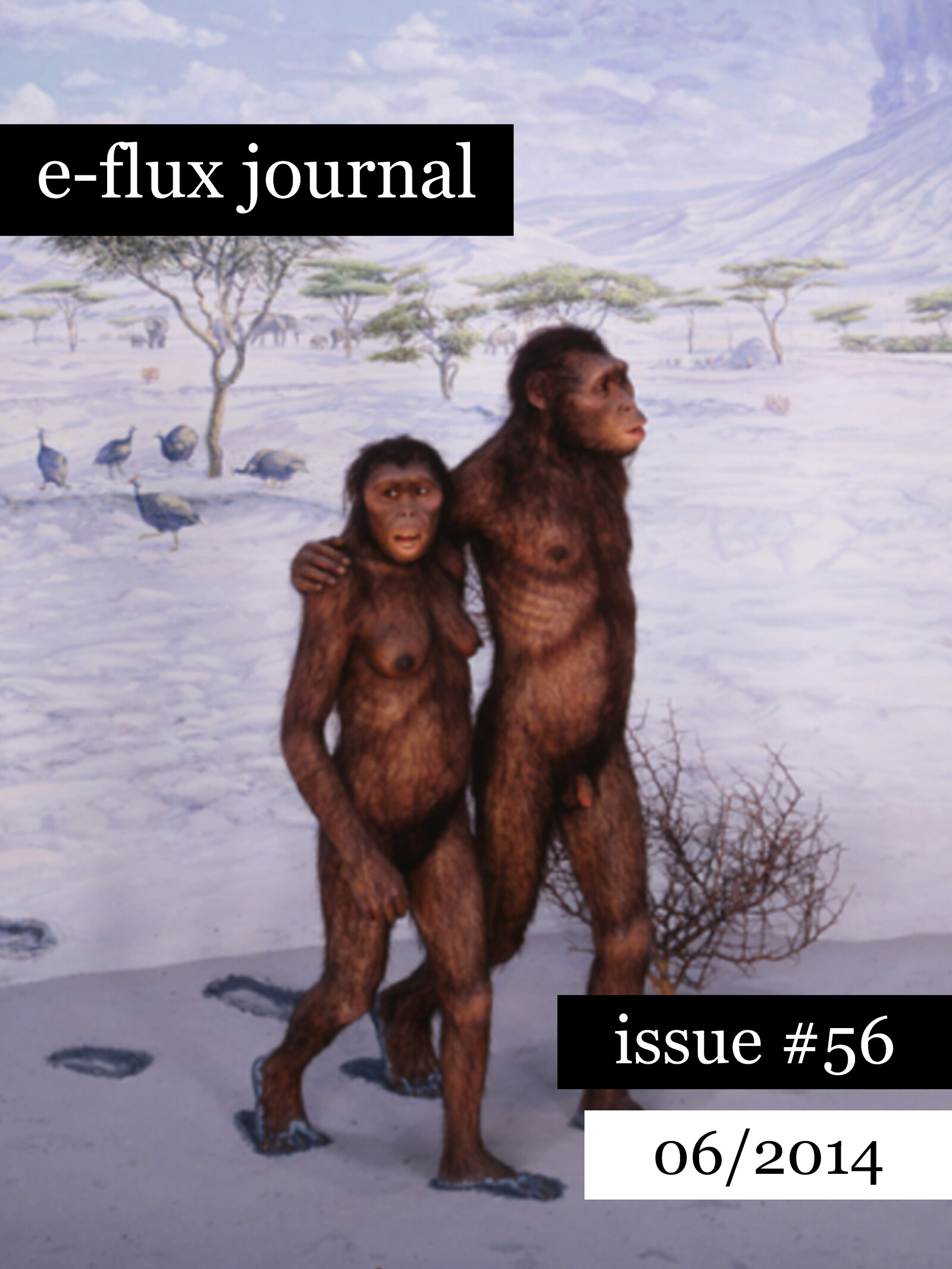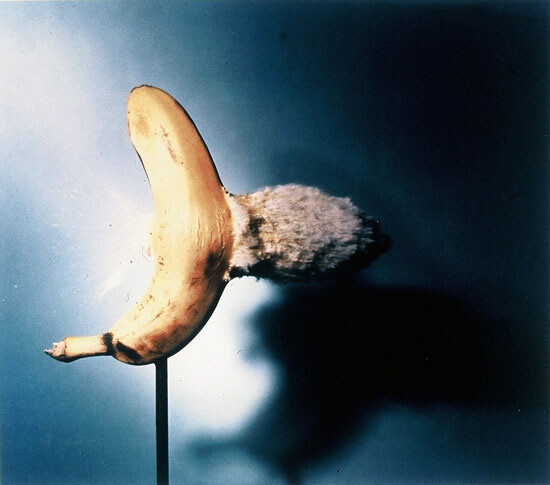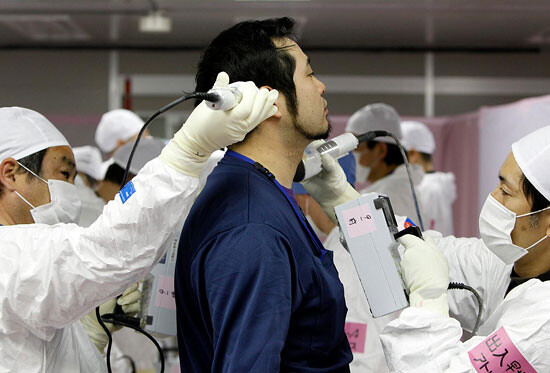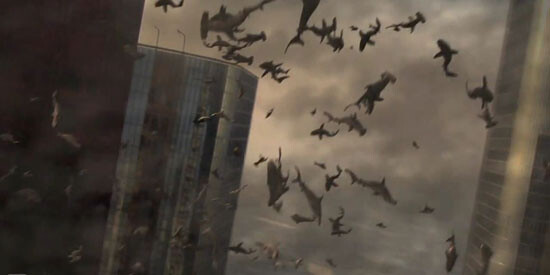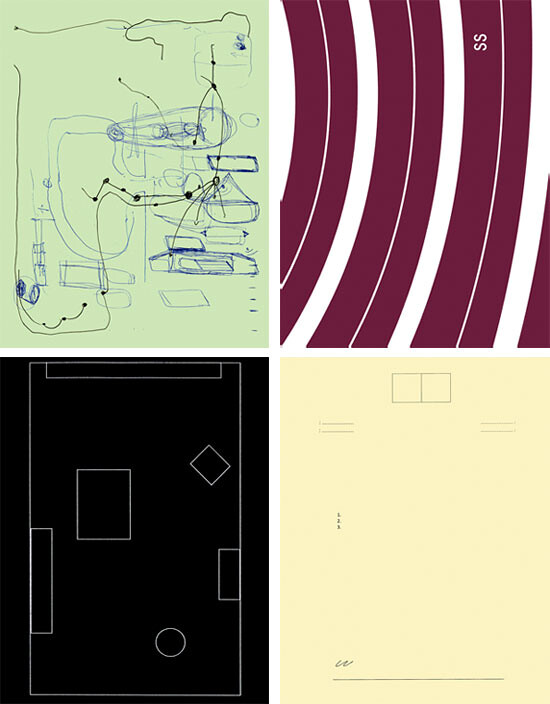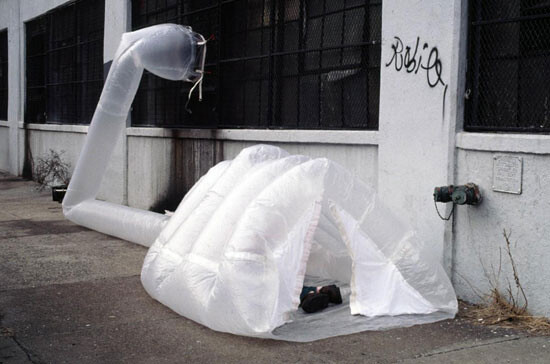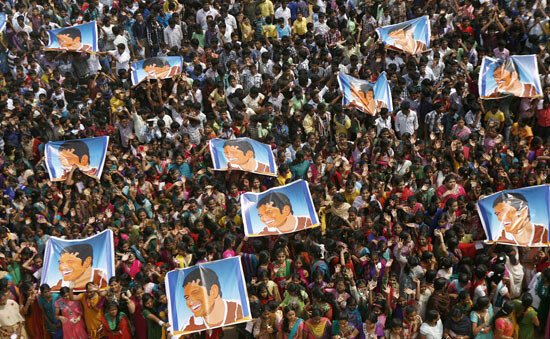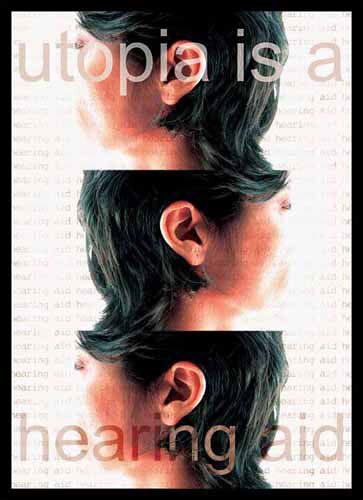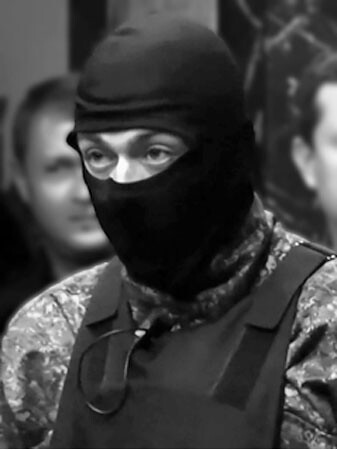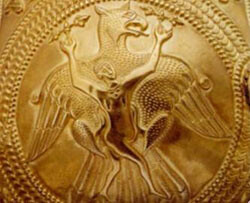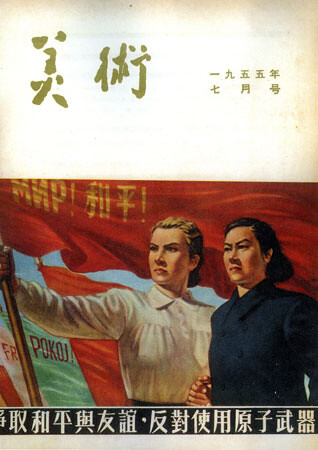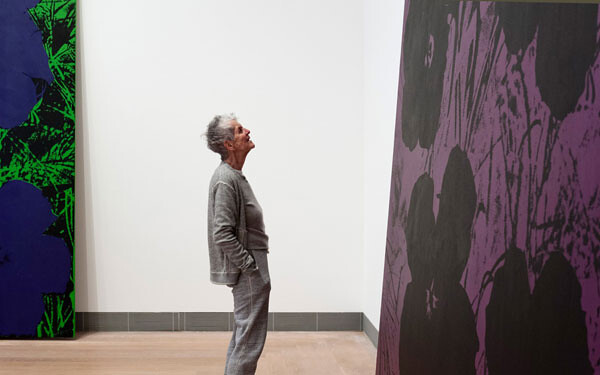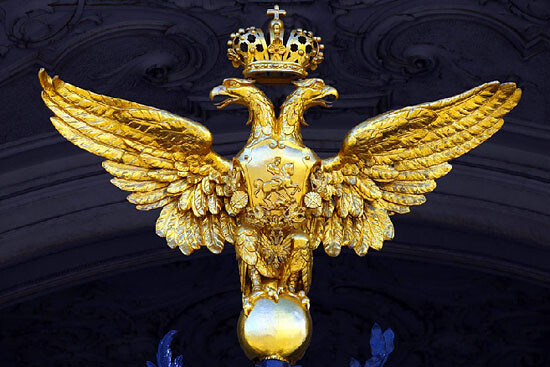How to characterize this period post-crash, or post-post-crash if we assume that the measures taken (austerity, the destruction of the welfare state) have largely been set in motion, if not completed? 1 The deliberate shifting of blame that saw the public sector punished for the crimes of the private allowed various other modes of the dis- or rather misplacement of resentment to be mobilized. The targets are the same as they ever were—migrants, the un- or underemployed, those in need of…
Issue #56
“The End of the End of History?” Issue One
June 2014
With:
Julieta Aranda, Brian Kuan Wood, Anton Vidokle, Nina Power, Franco “Bifo” Berardi, Önder Özengi, Pelin Tan, Sabu Kohso, Oleksiy Radynski, Oxana Timofeeva, Walid Raad, Boris Groys, Lawrence Liang, Raqs Media Collective, James T. Hong, Szabolcs KissPál, Liu Ding, Carol Yinghua Lu, Daniel Birnbaum, and Ekaterina Degot
In the summer of 1989, Francis Fukuyama published his infamous essay declaring the global triumph of free-market liberal democracy over communism as the end of ideology as such. Not only that, but he also claimed the world was on the cusp of realizing what Fukuyama’s mentor Alexandre Kojève called the “universal homogenous state,” which would be the climax of a particular Western idealist tradition stretching back to Hegel. It would be the endpoint of a human consciousness based in…
View List
View Grid
15 Essays
June 2014
Önder Özengi & Pelin Tan (LaborinArt): You wanted to speak about the European crisis, especially its effect on the Mediterranean, the Near East, and the Middle East. What does the collapse of social welfare mean for these territories and countries?
Franco “Bifo” Berardi (FBB): After May 25, we must be able to say that the “European experiment” is over. The impressive result that the National Front will have in the French elections is going to add the word “end” to this…
The Triad of Perversity
History repeats itself. There is no event that disappears without a trace. Everything we experience returns in a new context, in a different form; time and space make up a multi-dimensional complexity where everything that has happened is enfolded in collective memory, waiting for the proper moment to unfold itself and reappear as mutation. But the interconnectivity of events is expanding and growing more dense, to the extent that it is exceeding our grasp….
Continued from “ Maidan and Beyond, Part I ”
1.
On February 22, 2014, the activists of the Maidan movement seized the suburban residence of ousted Ukrainian president Victor Yanukovych, who had fled Kyiv the previous day. Yanukovych’s residence, Mezhyhirya, was notorious long before the fall of the regime for the extent of its megalomaniac luxury. Nevertheless, the occupiers were utterly shocked by the discoveries they made inside. Stocked with a tremendous amount of…
Well, Prince, so Genoa and Lucca are now just family estates of the Buonapartes. But I warn you, if you don’t tell me that this means war, if you still try to defend the infamies and horrors perpetrated by that Antichrist—I really believe he is Antichrist—I will have nothing more to do with you and you are no longer my friend, no longer my “faithful slave,” as you call yourself!
—Leo Tolstoy, War and Peace 1
Both the history of the present and psychoanalysis teach us that at…
If you take a close look, you can see it.
With The Atlas Group (1989–2004) , I spent fifteen years working on a project about the wars in Lebanon. I have known and I have seen how the Lebanese wars of the past four decades have affected Lebanon’s residents physically and psychologically—from the one hundred thousand plus who have been killed, to the two hundred thousand plus who have been wounded, to the million plus who have been displaced, to the even more who have been…
Current discussions about art are very much centered on the question of art activism—that is, on the ability of art to function as an arena and medium for political protest and social activism. The phenomenon of art activism is central to our time because it is a new phenomenon—quite different from the phenomenon of critical art that became familiar to us during recent decades. Art activists do not want to merely criticize the art system or the general political and social conditions under…
I developed an early suspicion of any form of nationalism courtesy of a geography teacher and an imaginary cricket game. As the only student of Chinese origin in a high school in Bangalore, I was asked by my teacher in a benign voice who I would support if India and China played a match. Aside from the ridiculousness of the question (China does not even play cricket), the dubious intent behind it was rather clear, even to a teenager. Still, I dutifully replied, “Sir, I will support India,”…
Another conversation threw up a fascinating image: “During our regular night shifts, the general manager used to be abrasive with any worker he saw dozing. He used to take punitive action against them. One night, one hundred and eight of us went to sleep, all together, on the shop floor. Managers, one after the other, who came to check on us, saw us all sleeping in one place, and returned quietly. We carried on like this for three nights. They didn’t misbehave with us, didn’t take any…
Preamble
Much has been written about nationalism, probably too much, and each day seems to bring more headlines and tragic stories about nationalist causes and ultranationalist atrocities. Everyone else’s nationalism is a problem, while one’s own intimate nationalist tendencies go unchecked.
The following is my self-understanding of the theoretical origins of ultranationalism—a topic that I have contemplated and researched for many years now. I have attempted to draft a speculative…
The powerful reappearance of the Turul bird in Hungary has become one of the key signifiers of the new national self-definition of the country’s right and far right. The symbol is rooted in mystical and romantic historiography, which are the main tools for constructing the current national identity and its historical mission in Europe and the world.
According to researchers, the cult of the Turul is based on the totemistic relationship between the nomadic Hungarian tribes and the…
Continued “From the Issue of Art to the Issue of Position: The Echoes of Socialist Realism, Part I”
In the 1940s, as Socialist Realism took form and began to emerge following the establishment of the Communist Party’s leading position in China, its language drew from the realism that had spread throughout the Chinese mainland in the 1920s and ’30s. After 1949, Mao started to develop a cultural policy and released several statements on the matter; realism gradually transformed into…
It was already midnight when Sturtevant appeared at my Frankfurt apartment with flamboyant hair and dressed to kill. What an extravagant, outrageous lady! This was a decade ago, but for some reason I remember that it was 4:20 in the morning when she and curator Udo Kittelmann, who had brought her, finally left in a taxi. That was nothing special in those art academy days, when nobody ever wanted to go to bed, but her stories about playing tricks on Marcel Duchamp and embarrassing Andy Warhol…
Timing is everything.
When I was commissioned to contribute to the Manifesta 10 exhibition catalogue 1 with a text on the political meaning of Russian art, Russian lawmakers had already passed legislation against “homosexual propaganda,” but Crimea had not yet been annexed.
Once the annexation became fact, it was finally clear that it would be impossible to write such a text, as if the Manifesta in Petersburg were just an ordinary exhibition in yet another ordinary country…

